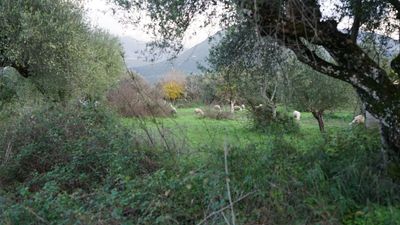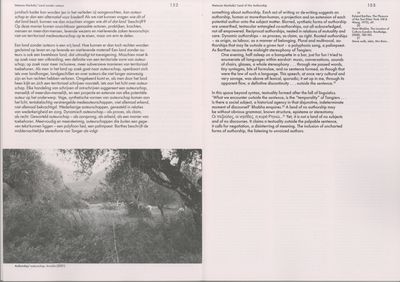Land of No AuthorshipMetaxia Markaki
Can territory be thought as a craft of human labour and landform as a spatial artefact equal to architecture? If so… who is the author and who has the right to this authorship?
Kyra-Rinio is the only human inhabitant on the islet of Kynaros. She alone takes care of the land, the church, the village, her animals. Kynaros hosts paleontological findings, archaeological traces of a prehistoric settlement, a classic Greek temple, a byzantine church. It is ecological habitat to rare endemic biodiversity, offering shelter to migrating birds and sea species. The fragile architecture of this inslet has been shaped through process entangled in deeper temporalities and between different layers of life.
A few years ago, a helicopter inspected the area and after the visit of a group of energy technocrats who met Kyra-Rinio, Kynaros was officially declared as “uninhabited”. Despite of obvious material traces of life and care taking place on the islet, the classification aimed to lay the ground for private investments in “green energy” and the installation of a wind-turbine park on the inslet. The case of Kynaros, is only one figurative example of an unprecedent extended operation of land enclosure, privatization and land- grabbing that is currently taking place in the majority of mountains and islands of Greece, including forested and protected areas. The main underlying instrument behind the multiple and complex mechanisms that have supported this operation is the narrative of terra nullius: the “abandoned”, “unclaimed”, “uncultivated” land, or in other words a land of no authorship.
This essay reads the notion of authorship through a territorial lens, narrating alternative forms of authorship as a counter-narrative to terra nullius. If ownership as a concept and as a legal frame can and has been occasionally contested, could authorship offer an alternative?




